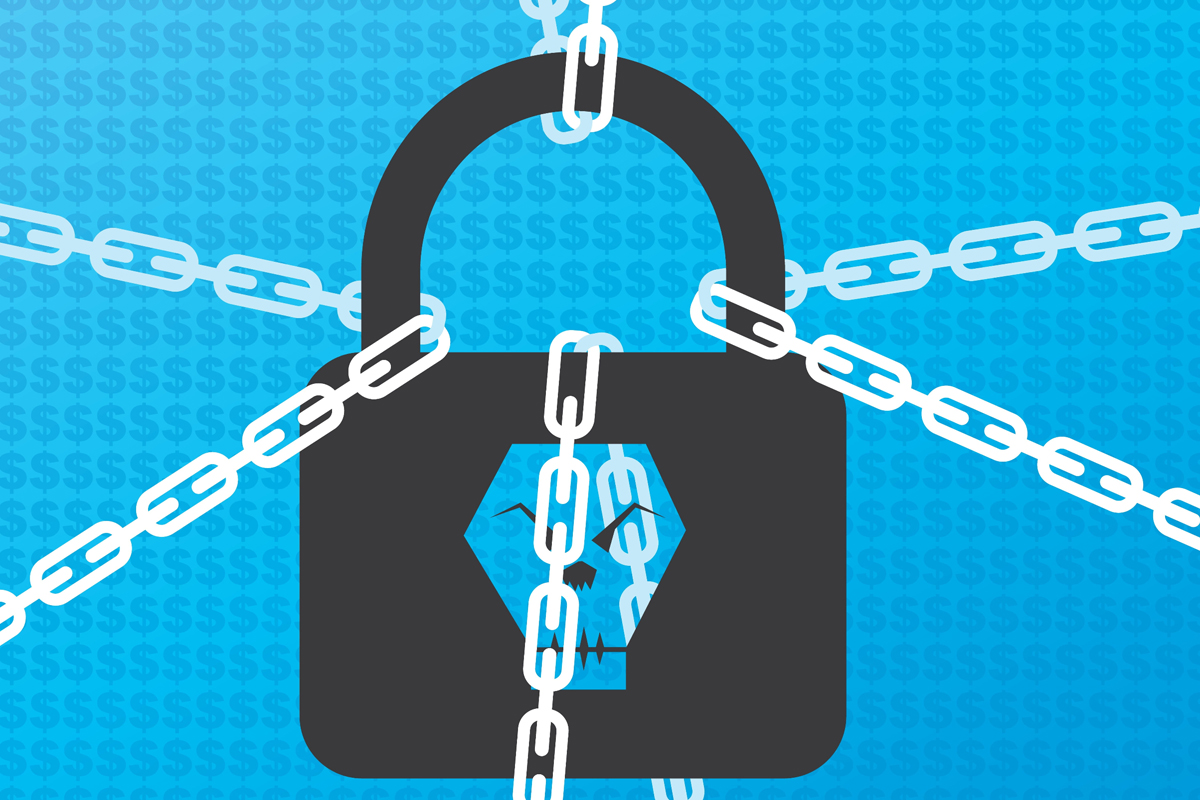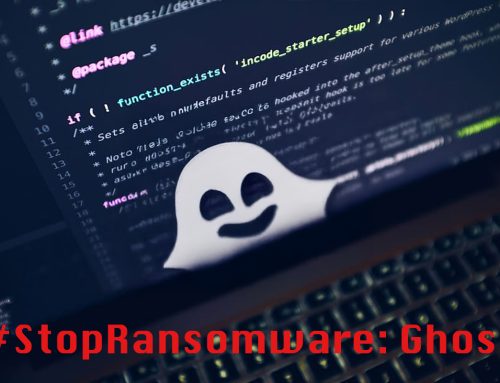#StopRansomware: RansomHub
Ransomware
August 29, 2024
This Joint Cybersecurity Advisory is part of an ongoing #StopRansomware effort to publish advisories for network defenders that detail various ransomware variants and ransomware
threat actors. These #StopRansomware advisories include recently and historically observed tactics, techniques, and procedures (TTPs) and indicators of compromise (IOCs) to help organizations protect against ransomware. Visit stopransomware.gov to see all #StopRansomware advisories and to learn more about other ransomware threats and no- cost resources.
The Federal Bureau of Investigation (FBI), the Cybersecurity and Infrastructure Security Agency (CISA), the Multi-State Information Sharing and Analysis Center (MS-ISAC), and the Department of Health and Human Services (HHS) (hereafter referred to as the authoring
organizations) released this joint advisory to disseminate known RansomHub ransomware IOCs and TTPs. These have been identified through FBI threat response activities and third- party reporting as recently as August. RansomHub is a ransomware-as-a-service variant—formerly known as Cyclops and Knight—that has established itself as an efficient and successful service model (recently attracting high-profile affiliates from other prominent variants such as LockBit and ALPHV).
Since its inception in February, RansomHub has encrypted and exfiltrated data from at least 210 victims representing the water and wastewater systems, information technology, government services and facilities, healthcare and public health, emergency services, food
and agriculture, financial services, commercial facilities, critical manufacturing, transportation, and communications critical infrastructure sectors.
The affiliates leverage a double-extortion model by encrypting systems and exfiltrating data to extort victims. It should be noted that data exfiltration methods are dependent on the affiliate conducting the network compromise. The ransom note dropped during encryption does not generally include an initial ransom demand or payment instructions. Instead, the note provides victims with a client ID and instructs them to contact the ransomware group via a unique .onion URL (reachable through the Tor browser). The ransom note typically gives
victims between three and 90 days to pay the ransom (depending on the affiliate) before the ransomware group publishes their data on the RansomHub Tor data leak site.
The authoring organizations encourage network defenders to implement the recommendations in the mitigations section of this joint advisory to reduce the likelihood and impact of ransomware incidents.





